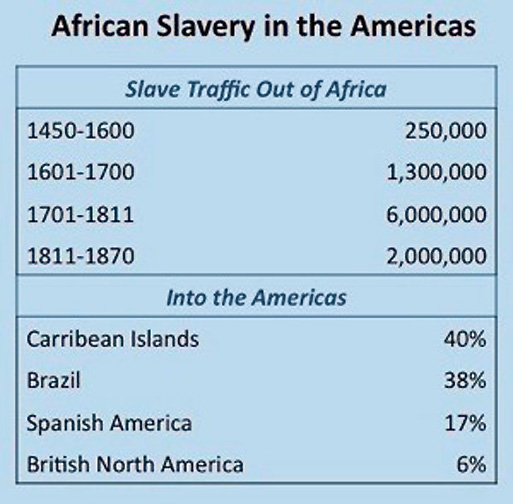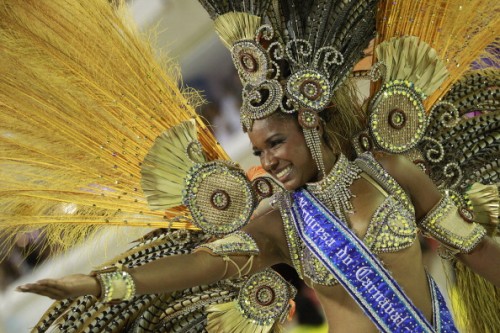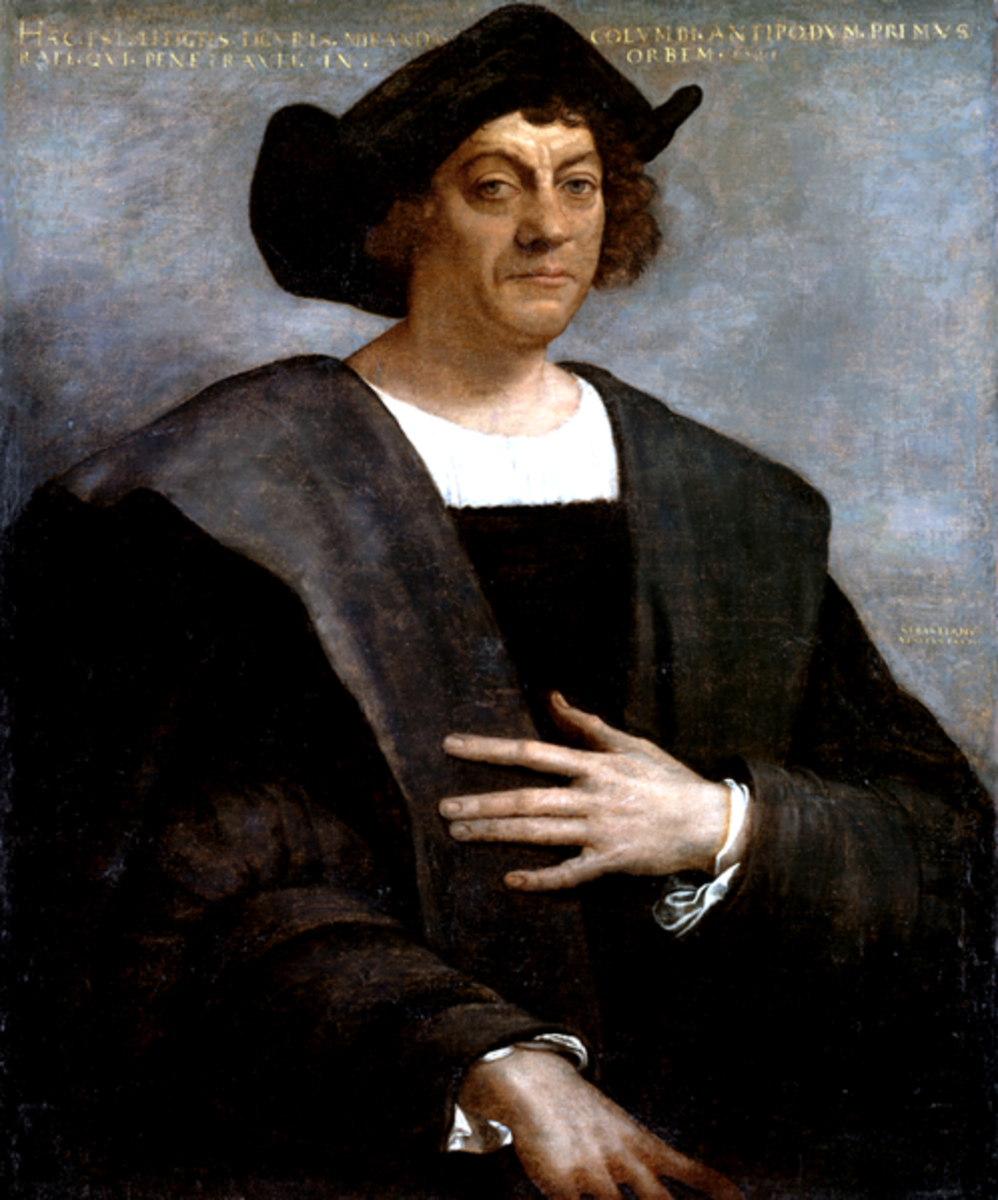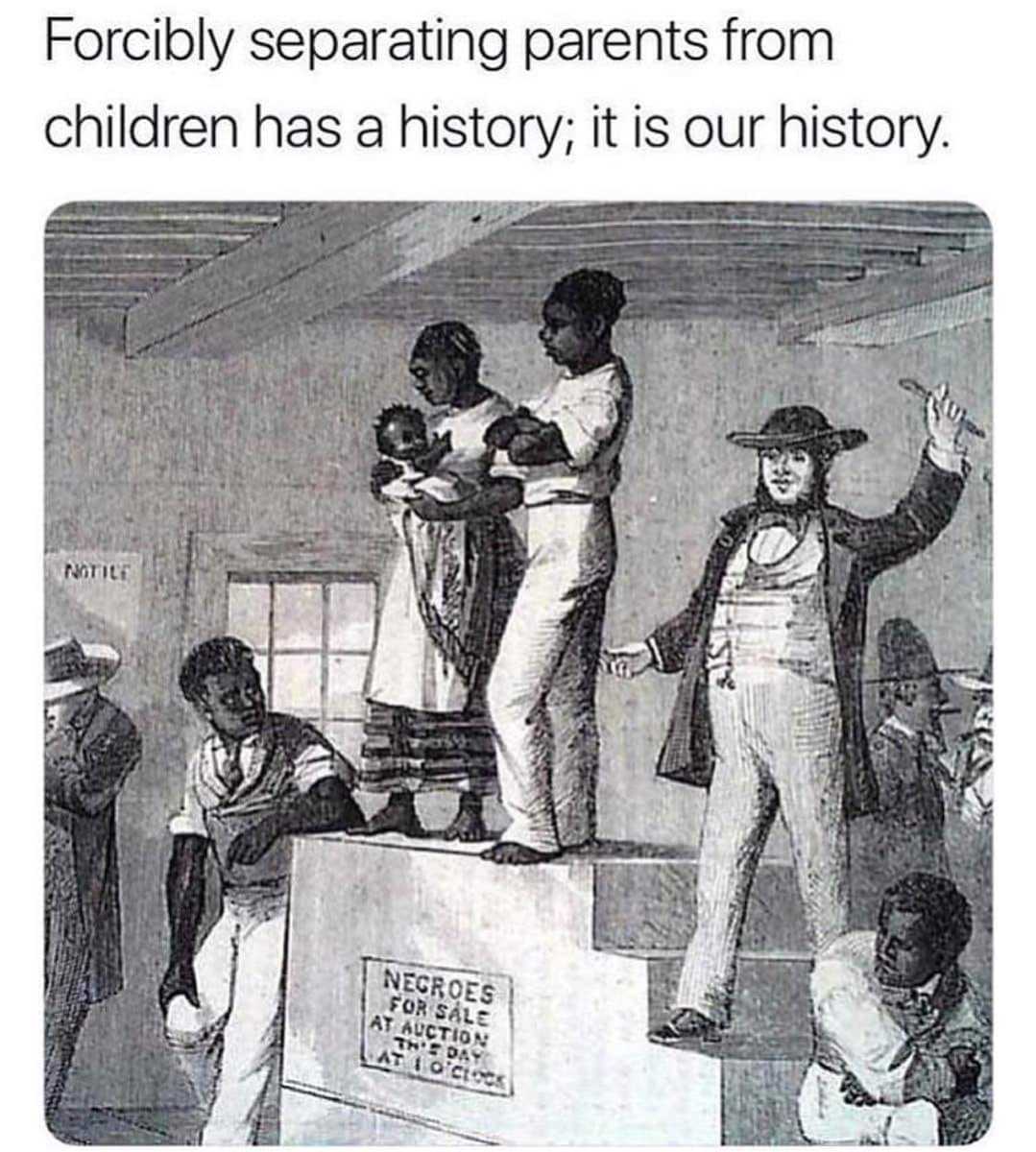What Does Brazilian Carnival and the Argentinian Tango Have in Common?- South America's Period of "Whitening"

Believe it or not, the Tango, just like Carnival, has its roots in Africa. This dance went through a transformation from its original style and fast pace to the beating of drums during the late 19th to early 20th century during a period in Latin America known as "whitening." Milonga, its original name, was brought over from Africa with the slave trade. This and other African traditions were practiced and kept alive by Afro-Latin Americans as a way to keep their identity in this new world.
While lumping all Africans together into one homogeneous group was a common mistake made by Europeans in Latin America at this time, there were certain things that united Afro-Latin Americans because of slavery. Dance was one of them. But starting in the late 19th century, Afro-Latin Americans needed to distance themselves from anything reminiscent of Africa if they wanted any type of upward mobility. This was because of an ideology after slavery was abolished that Latin America was too "black," and needed to be "whitened."

Slavery and Abolition
The slave trade was alive and booming in South America almost right up until the 20th century. In Brazil, slavery wasn't finally abolished until 1888! But even if you were technically "free," that didn't mean there were abundant opportunities for you as an Afro-Latin American. Many doors remained closed to all people of color. To make matters worse, it was at this time that Brazil and many other South American countries opened their doors to European immigrants in hopes of courting them to fill in the vacancies left by the now freed slaves.
Europeans from Italy, Germany, Spain and other countries had no previous experience with any of the harsh conditions that slaves had to put up with during their forced labor, so when a stipulation was included for Europeans to come to South America that stated the entire family, women and children included, had to sign a contract that bound them to a particular job upon coming to South America, they had no qualms about agreeing to it. For newly freed blacks, this was too close to slavery for them to even consider it. Most slaves moved to the peripheries and formed communities with other newly freed slaves, but as property laws changed, always to benefit the European landowner, of course, Afro-Latin Americans had to devise new ways to get doors to open for them.
Erasing Their "Africanness"
It wasn't easy, but there were some opportunities for free blacks in Latin America. This allowed for an emerging black middle class that wanted to participate in Latin America's Industrial Revolution. In the early 20th century, many Afro-Latin Americans wanted to stop being referred to as "African," because they were Latin American now.
There was still plenty of discrimination to go around and the best opportunities were always reserved for whites. There was this mindset that modernization in Latin America meant being white. While Afro-Latin Americans couldn't change the color of their skin, they found that they could distance themselves from "Africanness." Things like dancing and carnivals that were held on to to unite them as slaves were increasingly looked down upon and seen as vulgar. Carnival, which was celebrated every year in Brazil as a parade in the streets, was made into something private and behind closed doors and the Milonga, which was a fast paced dance to the beat of drums and originally performed by two men, became the sophisticated and sensual dance we know today as the Tango.

The Return of "Color"
After several decades of bringing Europeans to Latin America in an effort to "whiten," in the 1930's and 40's this effort was abandoned. The elite found that the problems were the same in the labor force, no matter if you're dealing with blacks or whites. Workers were going to demand their rights. This brought on a surge of "browning and blackening," that has continued on until today. These are real terms, by the way. I'm not making them up.
In Brazil now, Carnival is probably the most celebrated time of year and the Tango, although it remains popular as the "whitened" version, can proudly be traced back to Africa. Afro-Latin Americans have come full circle, it would seem.
As a student of Latin American History, this little swath of history fascinates me. It's interesting to see how a group that was initially looked down upon has come to symbolize the identity of a country like Brazil, among others. While some countries stayed predominately "white" or European, centuries of mixing has culminated in a whole rainbow of colors that represent Latin America. I find Latin American history to be very rich, and that is why I study it.
So, the next time you hear someone claim they are dancing an Argentinian Tango, you can let them know that the Tango originated in Africa.
Source
Andrews, George Reid. Afro-Latin America, 1800-2000. Oxford University Press, 2004.
Other Interesting Articles on Latin America
- Comida Casera: Authentic Mexican Homestyle Food
Migitas is a Mexican style breakfast dish that can be made fast and easy using only a few ingredients. This dish is a popular dish among Mexicans and tastes delicious. - The Christian/Pagan Syncretism in Post Conquest Latin America
Many Christian gods and deities in the Latin American world today carry a dual identity because of the Christian/Pagan syncretism that took place post conquest. - Frida Khalo: Her Love and Pain Expressed Through Art
A look at the life, love, and pain of Mexican artist Frida Khalo. - The Myth of the Virgen de Guadalupe
The myth of the Virgen de Guadalupe is not only a veneer to conceal Nahua pagan beliefs, it is also highly unfounded.








